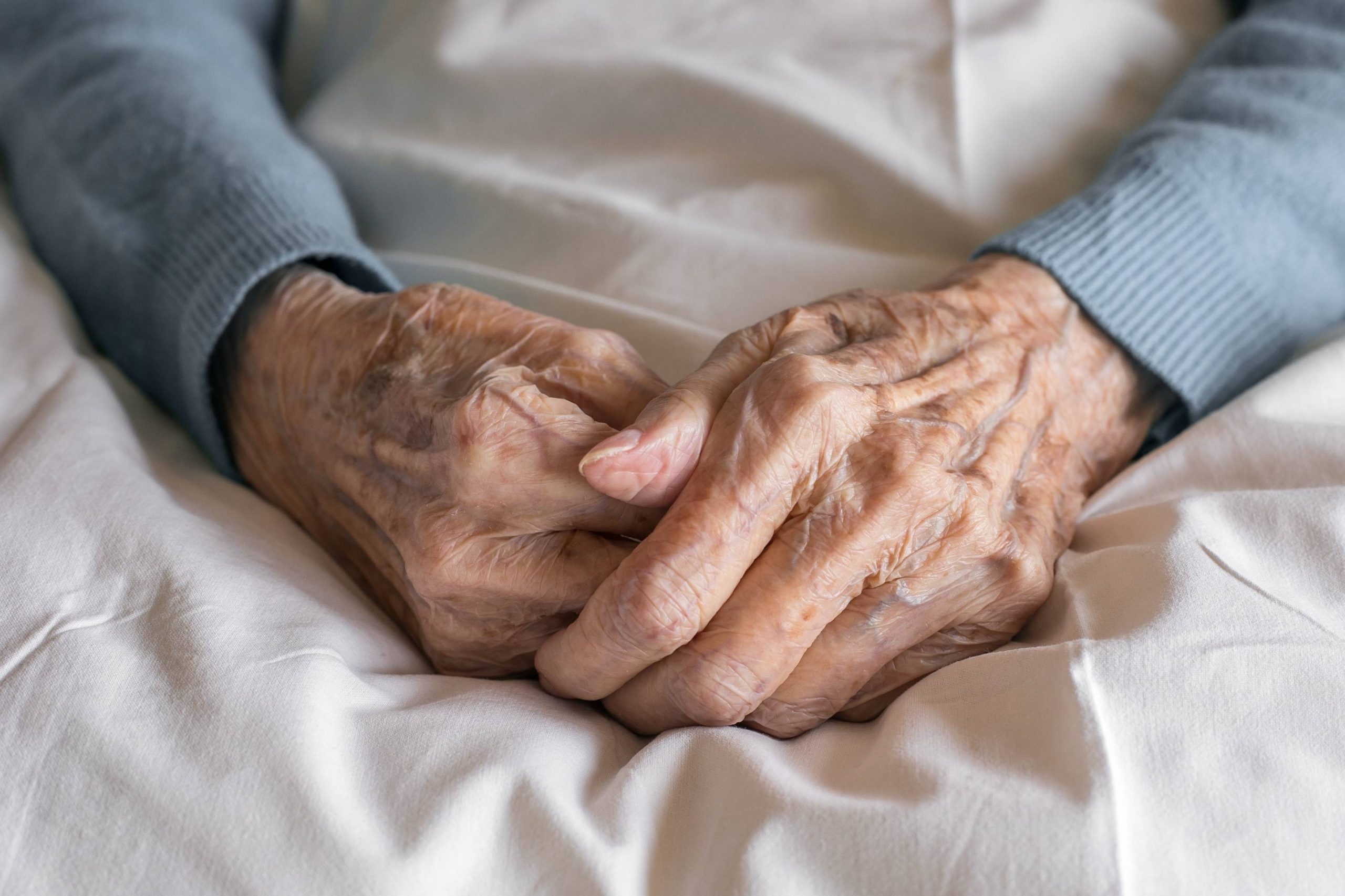When someone receives long-term care services through Medicaid, many families assume the benefits come with no strings attached. But that’s not always the case. Under federal law, states are required to recover certain Medicaid costs from the estates of deceased beneficiaries. This process, known as the Medicaid Estate Recovery Program (MERP), can catch families off guard—especially when it involves reclaiming the family home.
In this article, we’ll break down what Medicaid estate recovery is, when and how it happens, what assets are affected, and how families may be able to protect themselves or minimize its impact.

What Is Medicaid Estate Recovery?
Medicaid estate recovery is a federally mandated program that requires states to seek repayment for certain Medicaid benefits after the death of a beneficiary. Specifically, states must attempt to recover the costs of:
Nursing facility services
Home and community-based services (HCBS)
Related hospital and prescription drug services
This requirement applies only to individuals age 55 or older who received long-term care services.
The goal is to recover some of the taxpayer dollars spent on care—typically through a claim against the deceased person’s estate.
The requirement comes from the Omnibus Budget Reconciliation Act of 1993, which made estate recovery mandatory in all states.
What Counts as the “Estate”?
In most states, the estate includes assets that go through probate—typically:
The deceased’s home
Bank accounts
Vehicles
Personal property
Any other assets owned solely by the deceased
However, states have the option to use expanded estate recovery, which allows them to go after non-probate assets like:
Jointly owned property
Life estates
Assets held in living trusts
Only a few states pursue expanded estates, but it’s important to check your state’s rules. Some families are surprised to learn that jointly owned property or trust-held assets may still be vulnerable.
To find your state’s policy, see this MACPAC guide on estate recovery.
When Does Recovery Happen?
States generally file a claim against the estate after the Medicaid recipient dies. The claim is typically submitted during probate, and any recovered funds go back to the state’s Medicaid program.
Importantly, federal law requires that recovery cannot happen under the following conditions:
The deceased has a surviving spouse (regardless of age)
There’s a child under age 21 or a child of any age who is blind or disabled
In these cases, the state must postpone recovery until the protected individual dies or no longer qualifies for the exemption.
What About the Family Home?
The family home is often the biggest concern for heirs, especially if it’s the primary or only significant asset in the estate.
Medicaid does not count the home as an asset while the beneficiary is alive and living in it or intends to return to it. But after the beneficiary dies, the home becomes part of the estate—unless protected in advance.
A few key notes:
States cannot force the sale of the home while an exempt relative (like a spouse or disabled child) still lives there.
Some states offer hardship waivers if recovery would cause undue hardship to heirs or surviving family members.
In certain cases, heirs can buy out the state’s claim or make payments to delay recovery.
How Much Can the State Recover?
The state can only recover costs paid by Medicaid on the deceased’s behalf. For example, if someone received $200,000 worth of nursing home and home care services over several years, the estate could be billed for up to that amount—assuming there’s enough value in the estate.
However, the state must allow for reasonable administrative expenses, funeral costs, and any other valid debts to be paid before enforcing their claim.
In practice, the actual amount recovered is often much less than the cost of services—since many estates don’t have enough assets to fully cover the bill.
Strategies to Avoid or Reduce Medicaid Estate Recovery
While not every family can avoid recovery, there are legal and planning strategies that may help:
1. Life Estate or Lady Bird Deeds
In states that allow them, these deeds allow a person to retain a legal right to live in their home for life while passing ownership to heirs outside of probate—thus avoiding recovery.
2. Irrevocable Trusts
If a home or asset is placed into an irrevocable trust five years before applying for Medicaid, it’s usually protected from recovery. However, this requires careful advance planning.
3. Caregiver Exemption
If a child lived with the Medicaid recipient and provided care that delayed the need for a nursing home, they may qualify to keep the home.
4. Spousal Protections
Spouses often have strong protections against estate recovery. Assets transferred to a spouse are generally shielded, and the state cannot recover until after the spouse’s death.
5. Prompt Legal Advice
Consulting an elder law attorney can help families understand what’s at risk and explore asset protection strategies.
Are All States the Same?
No. Each state has some discretion over:
Which services they seek recovery for
Whether they expand the definition of the estate
Whether they grant hardship waivers
The enforcement process
For instance, California narrowed its estate recovery program in 2017 to cover only probate estates and only for nursing home and home care services—not all Medicaid benefits. Meanwhile, states like Iowa and Massachusetts have broader policies and may pursue recovery more aggressively.
Always check your state Medicaid agency’s estate recovery policy for the most accurate information.
Why Is Estate Recovery Controversial?
Critics argue that estate recovery punishes low-income families by taking away modest inheritances—especially when Medicaid is the only way to afford long-term care. Others point out the racial and wealth disparities it perpetuates, particularly among communities that rely on multigenerational property for family stability.
Some advocates call for ending estate recovery entirely, especially for low-value estates or primary residences. Others push for clearer notification requirements, as many Medicaid recipients and their families are never told about recovery rules until it’s too late.
In 2022, federal lawmakers introduced the Stop Unfair Medicaid Recoveries Act, which would eliminate mandatory recovery for long-term care, but it has not yet passed.
Bottom Line
Medicaid estate recovery can have a major impact on families—especially when it involves the family home. While it’s a federal requirement for certain services, states vary widely in how they implement and enforce the rules. With early planning, legal advice, and awareness of your state’s policies, it’s sometimes possible to minimize or avoid recovery altogether.










